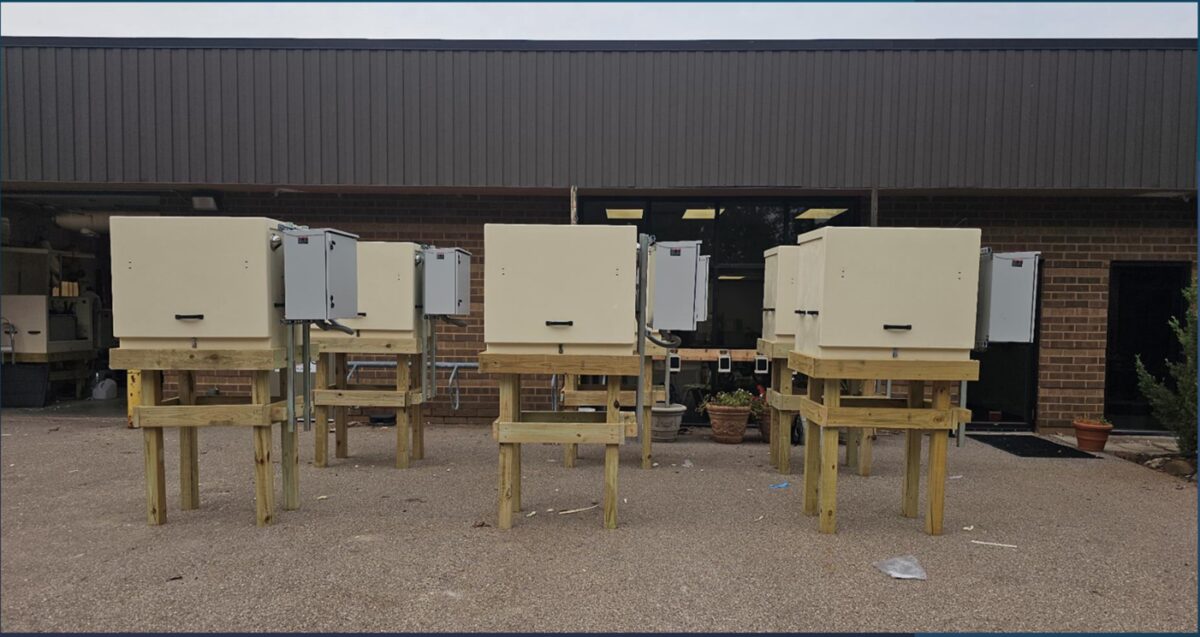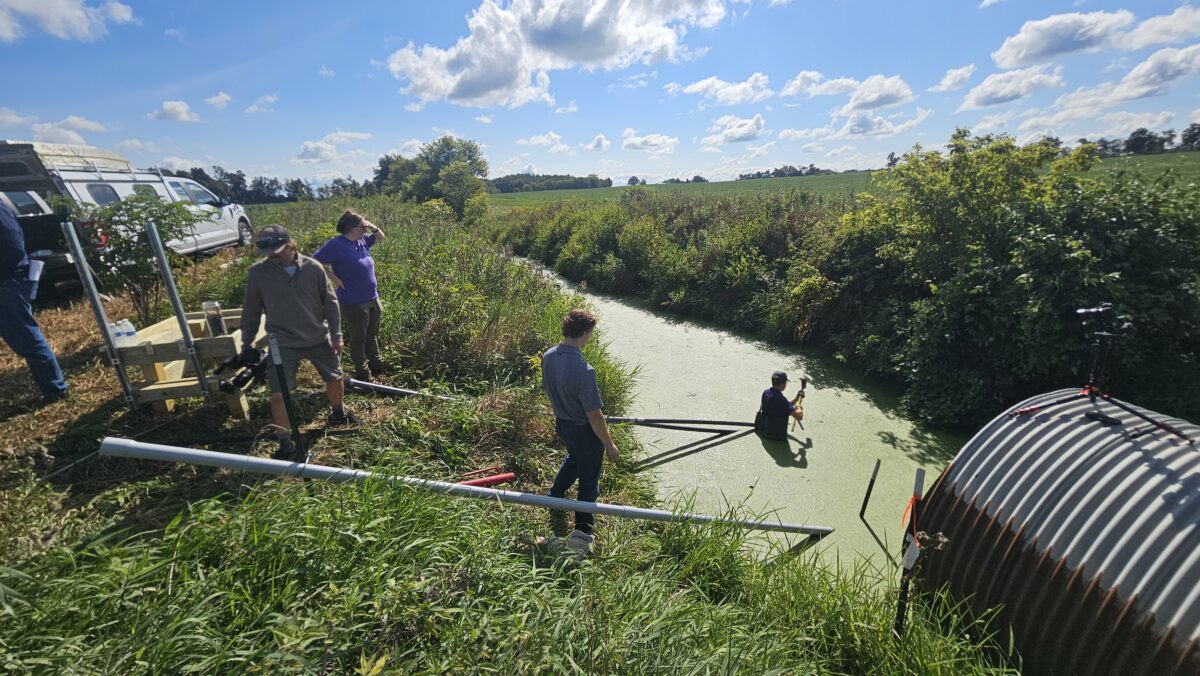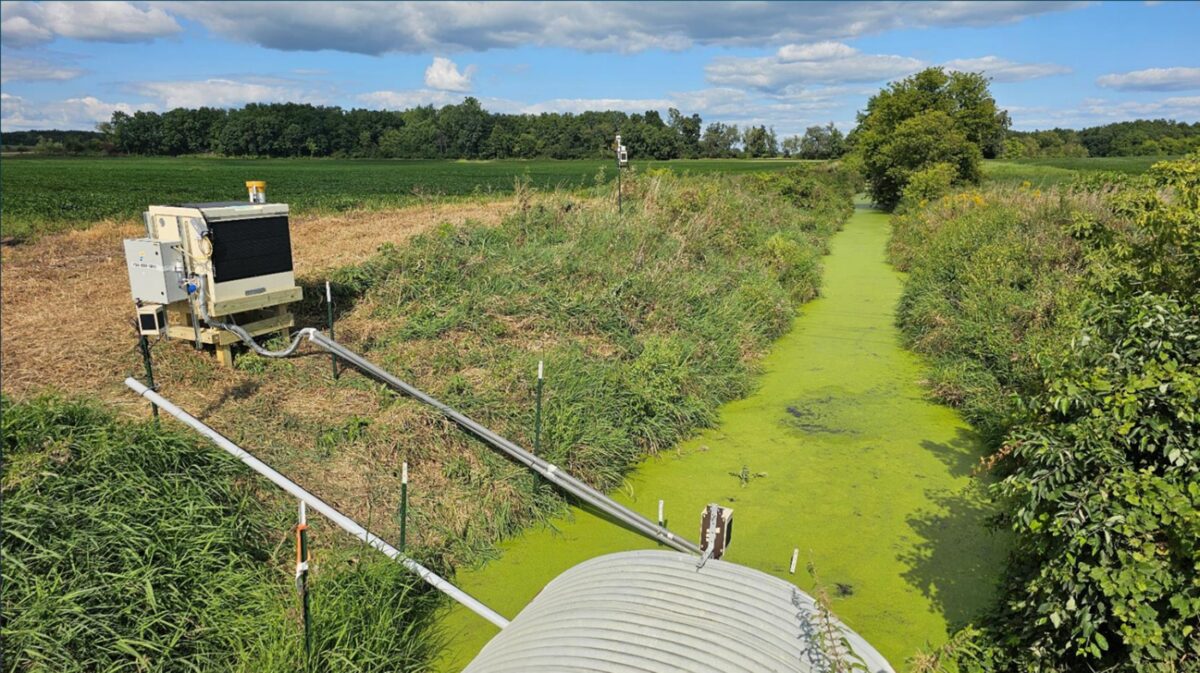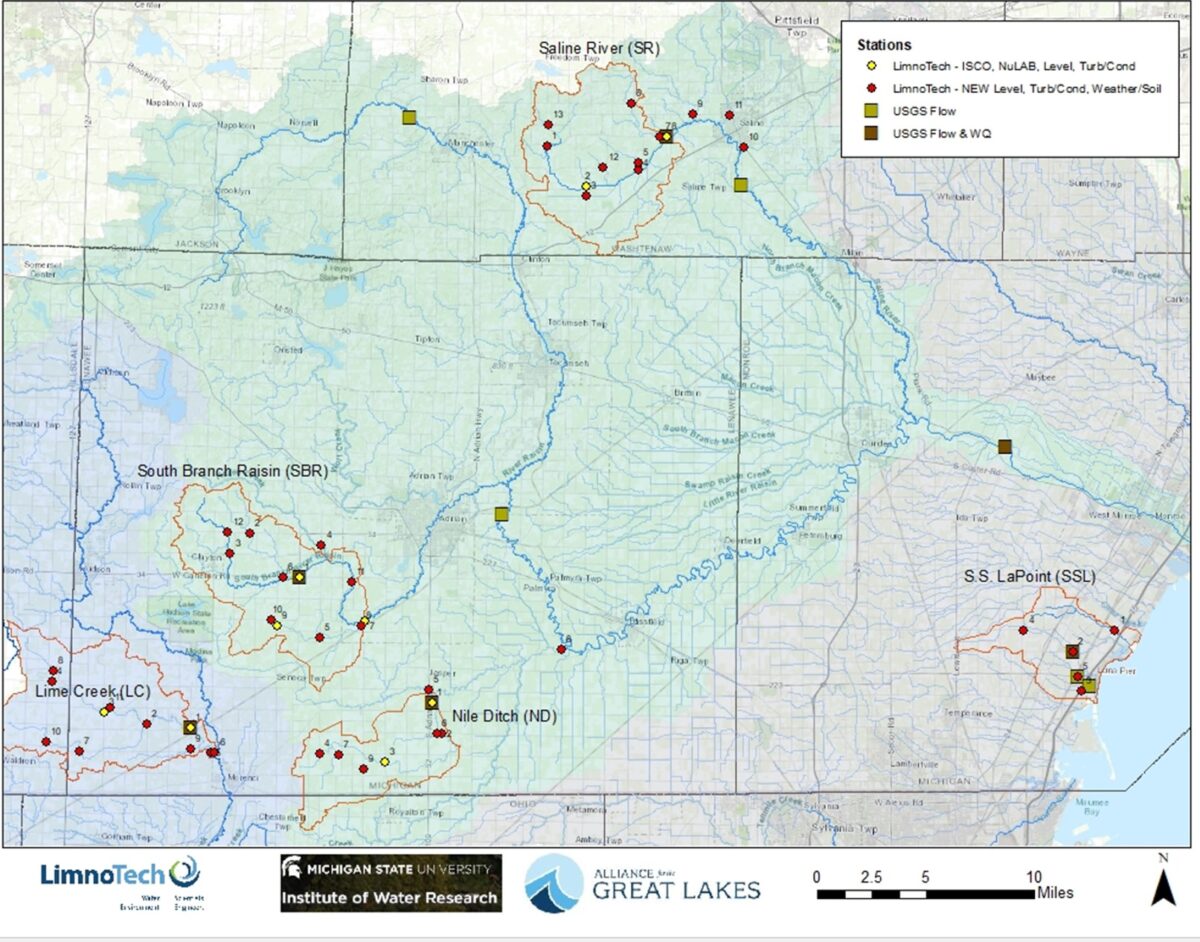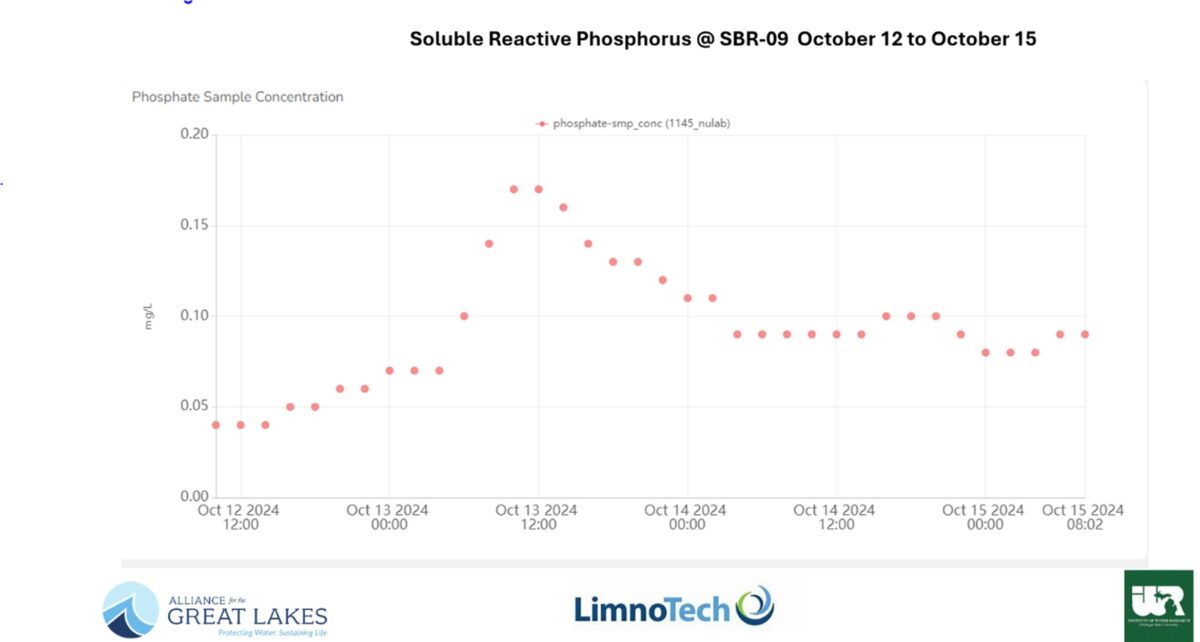Toxic Algal Blooms Should Not Be the New Normal
CHICAGO, IL (June 26, 2025) – Today, the National Oceanic and Atmospheric Administration announced its prediction for the size and scope of the now-annual Lake Erie Harmful Algal Bloom (HAB). The 2025 projection is for the bloom to be mild to moderate. In response, the Alliance for the Great Lakes is highlighting how the current use of solely voluntary incentives to reduce the blooms has failed to meet the phosphorous reduction targets agreed to by Ohio and Michigan. The group calls on the states to change tactics and start targeting pollution reduction funding and best management practices to the places where they are needed most.
“Ten years ago, Ohio and Michigan agreed to reduce nutrient pollution entering Lake Erie by 40 percent in 2025. They have failed to meet that target, while yet another harmful algal bloom forecast has become the new normal for our Great Lakes. Residents are paying higher water bills to monitor and remove toxins from their drinking water. The commercial and recreational fishing industries and the jobs they support are impacted. Algal blooms close beaches and cause respiratory problems in people. Water utilities are addressing the symptoms to keep drinking water safe – but we are not treating all the root causes of the disease,” said Joel Brammeier, President & CEO of the Alliance for the Great Lakes.
Utilizing only voluntary measures limits what states can achieve. While many farmers are adopting the practices needed to reduce polluted runoff, the last decade proves that’s not enough to stop the algae. While the 2025 projection for the bloom is mild to moderate, the bloom severity index does not indicate toxicity. Smaller blooms can be more toxic. The states can make faster progress by ensuring farmer adoption of practices at the scale needed to get to 40% and by monitoring water quality to target areas with the most contaminated runoff and measuring the actual performance of these practices on the ground to know if the water is getting cleaner.
It has been over a decade since more than 400,000 people in western Lake Erie lost access to drinking water due to a harmful algal bloom fueled mainly by pollution from agriculture. That was a wake-up call about the consequences of inaction. Launched in 2019, the H2Ohio program is the state’s flagship water quality program dedicated to reducing and preventing HABs and improving access to clean and safe drinking water. But just yesterday, the Ohio General Assembly reversed course and opted to cut funding for the program by 39 percent — shrinking the budgets of the state agencies tasked with implementing the program by more than $50 million dollars.
“Algal blooms are a systemic problem, and they require a systemic solution across millions of acres. Missing the 2025 deadline doesn’t mean we walk away – it means we get more aggressive. The right combination of voluntary action, funding, and policy can put Lake Erie back on track for safe and clean water for all.” Brammeier said.
Related:
2022 Alliance for the Great Lakes report: Downstream Water Users Bear Financial Burden of Upstream Pollution
2024 Alliance for the Great Lakes announcement of Monitoring Milestone in Fight Against Lake Erie Pollution in partnership with the Michigan Department of Agriculture and Rural Development
2025 University of Michigan report: Living near harmful algal blooms reduces life expectancy with ALS
# # #
Contact: Don Carr, Media Director, Alliance for the Great Lakes, dcarr@greatlakes.org
The post Toxic Algal Blooms Should Not Be the New Normal appeared first on Alliance for the Great Lakes.
News - Alliance for the Great Lakes
News - Alliance for the Great Lakes
https://greatlakes.org/2025/06/toxic-algal-blooms-should-not-be-the-new-normal/


